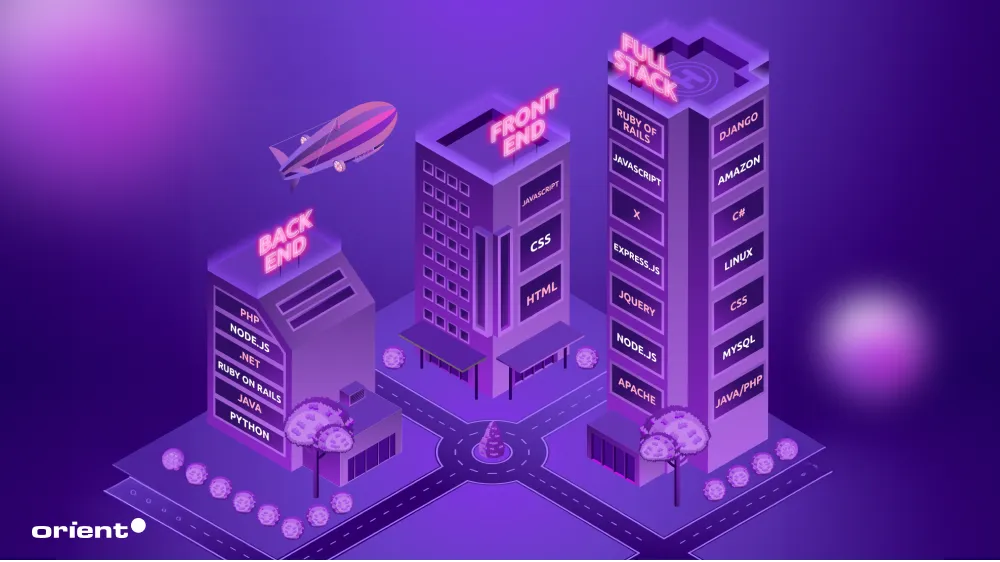Tech Stack Selection – How to Avoid Future Startup Rebuild

Choosing your tech stack might feel like a developer’s job—but for startup founders, it’s one of the most strategic business decisions you’ll ever make. The wrong call today can lead to costly rebuilds, bloated codebases, hiring nightmares, or even stalling your growth entirely. That’s why tech stack selection needs to be intentional, not impulsive. It’s not about using the flashiest framework. It’s about aligning tools with your vision, your team’s skillset, and the realities of startup execution.
Think of your stack like a foundation. Lay the wrong one, and you’ll constantly be patching, upgrading, or—worst of all—starting over. Founders often fall into two traps: over-engineering in the name of “future-proofing” or under-building and piling up technical debt. But there’s a smarter way. It starts with defining your product’s goals and builds from there—toward modular, maintainable systems that evolve with your business, not against it.
Match Tools to Your Vision not Just the Trend
Before you pick React or Rails or fall in love with microservices, pause.
- What are you building?
- A real-time multiplayer game?
- An internal analytics dashboard?
- A transactional e-commerce site?
The complexity, expected scale, and user needs of your product should drive every tech decision. If you’re building a simple content platform, don’t build like you’re Netflix. Instead, match the stack to what you actually need to succeed in the next 6 to 18 months.
That starts by mapping out your core requirements and how they may evolve. For instance, if you expect traffic spikes or real-time data syncing, plan around infrastructure that handles concurrency and load balancing. If your MVP is mostly CRUD-based, don’t waste time setting up Kubernetes from day one. A modular monolith with clean service boundaries will take you much further than jumping into overcomplicated dev-ops gymnastics too soon.
Use your team’s current strengths to your advantage. If you’ve got engineers familiar with Node and React, don’t reinvent the wheel. Starting with familiar tools gets you to market faster and reduces bug risk. That’s not being safe—it’s being smart. According to platforms like Syndicode and Full Scale, leveraging known skills upfront increases code quality, reduces onboarding delays, and helps control burn rate. At this stage, speed, confidence, and stability matter more than novelty.
And remember: you don’t need to be boring everywhere, but pick your “innovation tokens” wisely. That might mean choosing a new database that gives you performance benefits, while sticking to a battle-tested framework for the rest. This way, you don’t gamble the entire product on unproven tech.
Build with Future Modularity in Mind
Now let’s talk scalability—without going overboard. Early-stage startups often hear “build for scale” and assume that means microservices, Kubernetes, GraphQL, and a swarm of interconnected APIs. In reality? That can be overkill. Starting simple with a monolith often makes sense—but design it with clean boundaries so you can split pieces out later if needed.
The key is to design for change, not complexity. Use APIs for components that may evolve separately, like authentication or billing. Containerize where it adds clarity (not chaos). Tools like Docker and frameworks like Django or Express.js offer flexibility without forcing premature optimization.
Also, lean into mature ecosystems. Proven stacks like MERN (MongoDB, Express, React, Node) or Django/Python come with robust libraries, deep documentation, and broad hiring pools. That means less time stuck debugging obscure errors, and more time shipping product. As Dev.to points out in this deep dive on tech debt, poor stack choices aren’t just technical—they’re financial risks that slow your team and sink your momentum.
This is also the stage to prototype core features before finalizing. Want to test if chat functionality performs well in your stack? Mock it. See how payment flow integrates. Use MVP prototypes to validate architectural decisions. You’ll learn faster and avoid painting yourself into a corner. Syndicode recommends this approach for identifying early performance or integration issues—before they spiral into rebuilds.
Maintain, Monitor, and Stress-Test Over Time
Choosing the right stack isn’t a one-and-done event. It’s an ongoing relationship that requires care and attention. That means building in best practices from the start. Set up automated testing, commit to CI/CD pipelines, and adopt strong documentation habits. A clean repo today saves days of cleanup later.
Also: update your dependencies. It sounds basic, but you’d be shocked how many startups run on outdated libraries riddled with security holes. Use monitoring tools to track performance, uptime, and system health. Regular maintenance reduces downtime risk and extends the life of your core architecture.
Beyond performance, think about sustainability. What are the long-term costs of staying on this stack? Are you using a framework that could become unsupported? Are licenses stacking up? Are you building on something with a small or shrinking community? All of this matters when you’re trying to attract engineers, raise funding, or expand globally.
And don’t be afraid to get outside opinions. Even a short consultation with a seasoned CTO or technical advisor can uncover issues your internal team may overlook. An external audit helps you stress-test your assumptions and align your choices with your business goals. At FoundersMax, we often guide early-stage teams through stack evaluations that blend product context with technical rigor—so they scale smart, not just fast.


